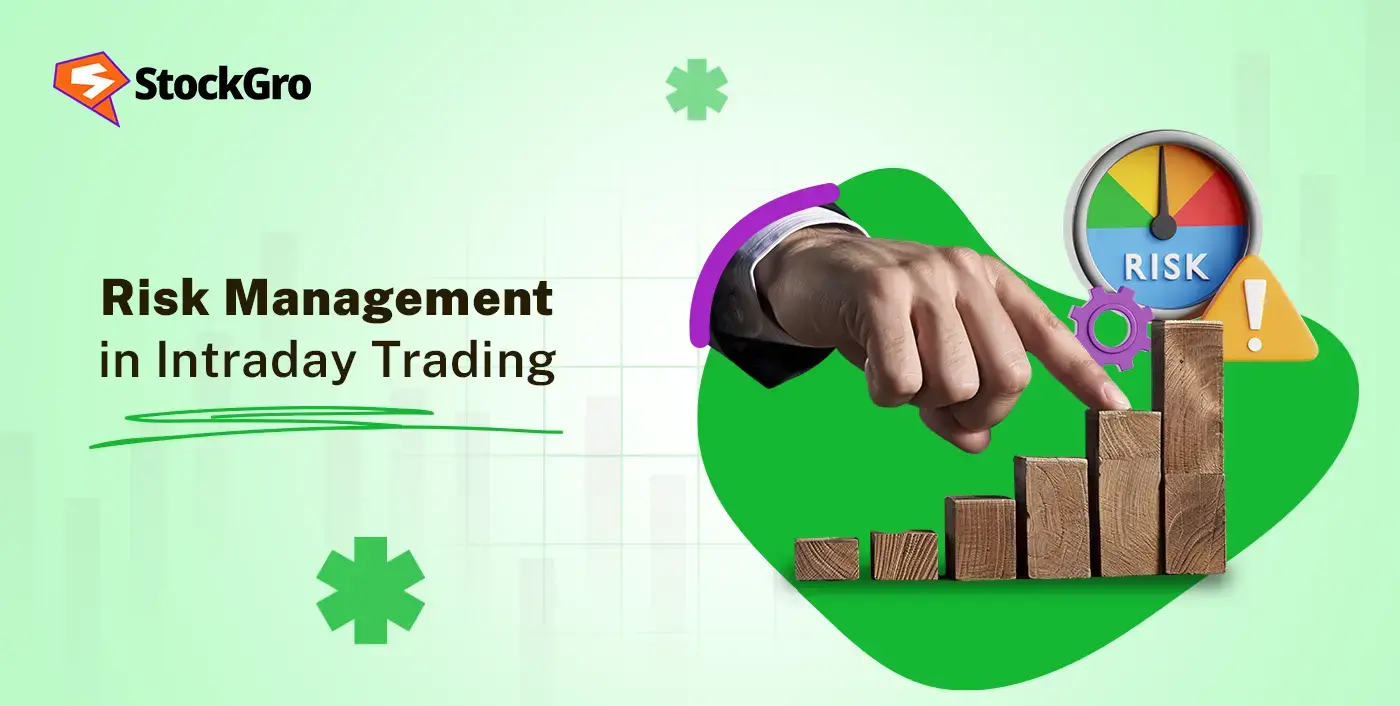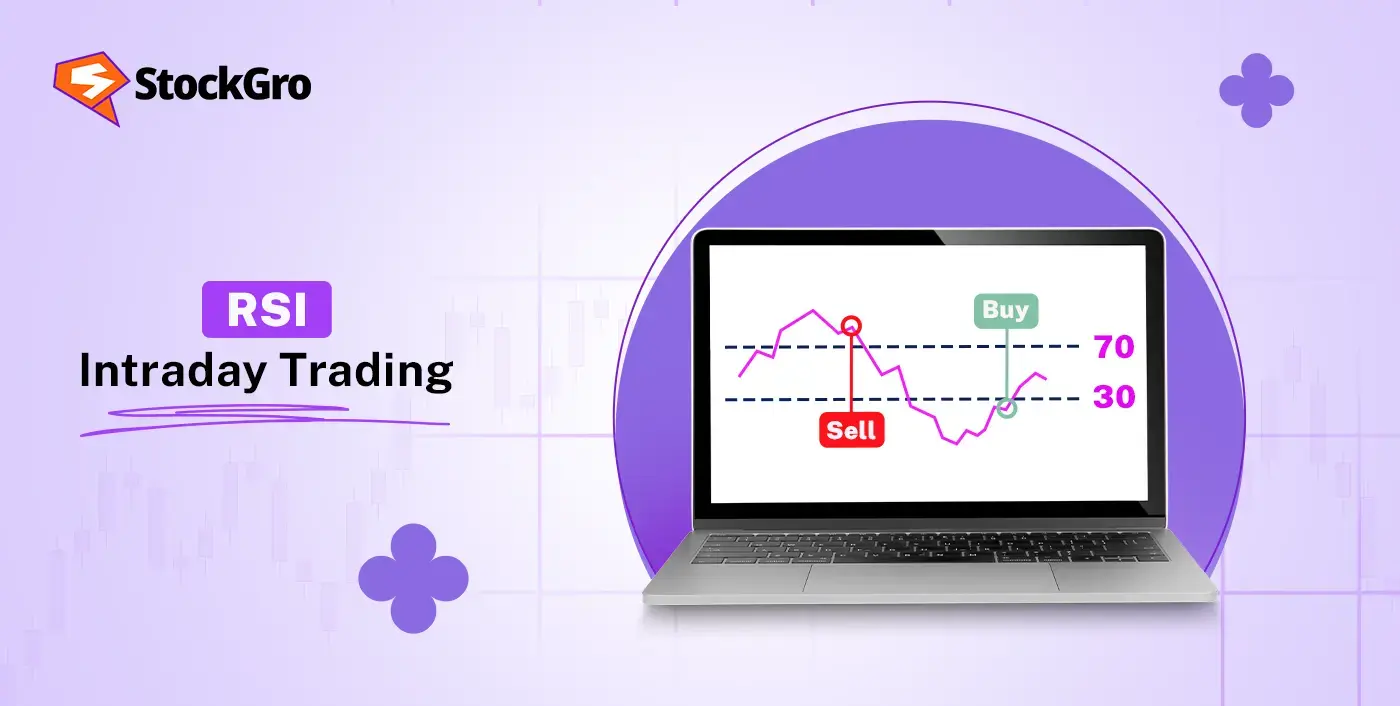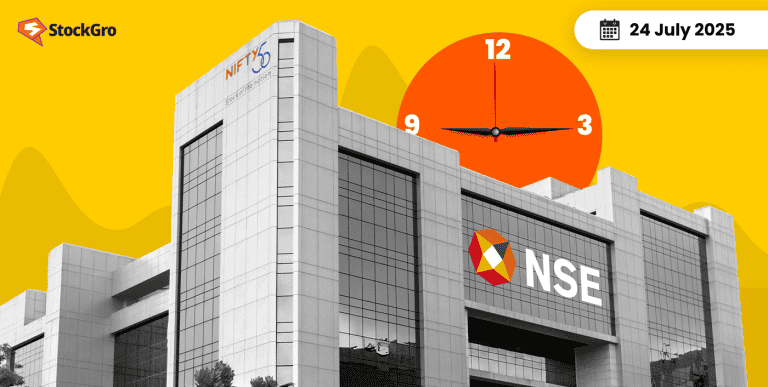
Risk Management in intraday trading is something every trader needs to take seriously. Markets move fast, and without a plan, losses can pile up quickly. In fact, a recent SEBI study (FY22–FY24) revealed that 93% of individual traders in the equity F&O segment ended up with net losses, averaging around ₹1.8 lakh per person.
This shows just how important it is to manage your risk wisely. In this blog, we’ll discuss details as to how to help you trade more carefully and stay in control.
What is Risk Management in Intraday Trading?
Risk management in intraday trading means spotting possible losses from quick price changes and taking steps to control them. It helps traders handle the ups and downs of the market more carefully. By ensuring proper risk control traders can keep their money safe and build long-term consistency in trading.
Why is Risk Management Crucial for Day Traders?
Quick decisions and market shifts are common in intraday trading. Risk management can help in following ways:
- It helps prevent large losses that can happen quickly during intraday trades.
- Prices often move unpredictably. Managing risk helps soften the impact of sudden changes.
- Just a few wrong trades without a risk plan can drain your entire account.
- A clear risk plan helps reduce emotional decisions, like panic selling or chasing losses.
- Good risk control supports steady trading and helps traders continue over time.
Common Risks Faced by Intraday Traders
Intraday trading comes with its own set of challenges, mainly because of the short timeframes and constant market movement. Some of these risks include:
- Price volatility: Sharp and unexpected price changes can lead to quick losses.
- Liquidity issues: Some stocks may not trade actively, making it hard to buy or sell at expected prices.
- Too many traders: Trading too often can increase costs and lead to unnecessary risk.
- Emotional decisions: Acting on fear, greed, or stress instead of a plan can hurt results.
- Leverage risks: Using borrowed funds can increase profits but also makes losses much bigger.
- Sudden events: Economic updates or company announcements can cause prices to move sharply without warning.
Key Principles of Intraday Risk Management
Effective risk management is the bedrock of successful intraday trading, built upon several core principles:
- Risk per trade: Limit how much you risk on each trade, ideally just 1% to 2% of your total funds.
- Always use stop loss: Implement stop-loss orders for every trade to automatically limit potential losses if the market moves unfavorably.
- Position sizing: Choose how many shares to buy based on how much you’re willing to lose and your stop-loss level.
- Have a trading plan: Define entry/exit rules, risk limits, and strategies in writing and follow it consistently.
- Stick to the plan: Adhere strictly to your pre-defined trading plan, avoiding impulsive deviations.
- Manage leverage wisely: Use leverage carefully, it can improve profits but also make losses much bigger.
- Control emotions: Maintain emotional discipline, avoiding decisions driven by fear, greed, or frustration.
Risk Management Tips for Intraday Trading
Follow these practical intraday trading tips for better risk control:
- Set Daily Loss Limits: Decide the maximum loss you’re comfortable with for the day. Once your loss limit for the day is hit, stop trading to avoid losing more.
- Avoid Revenge Trading: After a loss, don’t rush into another trade hoping to recover. It often results in further mistakes.
- Use Trailing Stop Losses: A trailing stop-loss follows the price upward, helping you lock in profits if the market turns.
- Start Small: Begin with smaller trades, especially if you’re new. It limits risk while you gain experience.
- Keep a Trading Journal: Note your trades, entry/exit reasons, and emotions. Reviewing your trades can reveal habits and mistakes to help you improve.
- Stay Updated: Watch for news or events that can move the markets quickly, as they may impact your trades.
- Avoid Overtrading: Don’t trade too often. Fewer, better trades can reduce costs and risk.
- Check Volatility: Understand how much the asset typically moves. Adjust your strategy for high or low volatility.
- Use Risk-Reward Ratios: Before entering, check if potential profit justifies the risk. A clear ratio helps maintain consistency.
How to Calculate Risk in Intraday Trading
To calculate risk, first find the risk per share by subtracting the stop-loss from the entry price.
Risk per Share = Entry Price – Stop-Loss Price
If you buy at ₹100 and set a stop-loss at ₹95, the risk is ₹5 per share.
Next, calculate the risk/reward ratio using:
Risk/Reward Ratio = (Entry – Stop-Loss) ÷ (Target – Entry)
If the target is ₹110, then (100–95) ÷ (110–100) = 5 ÷ 10 = 1:2.
Lastly, limit each trade’s risk to just 2% of your total capital to stay safe.
With ₹10,00,000, max risk = ₹20,000.
Position Sizing Strategies for Intraday Traders
Position sizing helps determine how many shares to trade in order to keep risk under control. It starts by setting the maximum amount you’re willing to lose on a trade, often a small percentage of your total capital. This amount is then divided by the possible loss per share (entry price minus stop-loss). The result shows how many shares can be traded without crossing the risk limit. This approach helps ensure that losses, if they occur, stay within planned levels.
How to Set Effective Stop Losses
Stop-loss orders cut your losses by closing trades if the price drops to a set level. To use them effectively:
- Decide in advance how much you’re okay losing on any one trade.
- Set stop-losses just under key price levels to give your trade a better chance.
- Avoid setting stops at round numbers, which are often targeted.
- Factor in price volatility as volatile stocks may need wider stops.
- Always include a stop-loss in every trade to maintain discipline and manage downside.
Using Trailing Stops to Protect Profits
Usually, a stop-loss is set at a fixed level to limit losses if the trade goes wrong. But when the price moves in your favour, a trailing stop-loss helps protect profits from sudden reversals. For example, if you buy a stock at ₹1,000 with a stop-loss at ₹900, and the price rises to ₹1,300, you can shift the stop-loss to ₹1,200, securing ₹200 profit while staying in the trade.
Managing Leverage and Margin Risks
Leverage lets you trade larger positions with less capital, but it also increases exposure to losses. Managing it carefully is essential.
- Leverage magnifies both gains and losses, so outcomes can swing quickly.
- Understand margin calls, they require adding funds or positions may be closed.
- Avoid over-leveraging; it can wipe out capital during small price moves.
- Know your broker’s margin rules and conditions before trading.
- Keep trade sizes balanced with your risk limits, even when using borrowed funds.
Risk Management Tools and Strategies for intraday trading
Smart risk control supports stronger intraday trading strategies. Major tools and methods are:
- Diversify trades: Avoid placing all trades in one sector. If sudden news impacts that sector, your entire position is at risk. Spread trades across different industries to reduce impact.
- Use hedging with options: Buy put options to protect against falling prices or call options to benefit from rising markets. These offer flexibility with limited upfront cost (premium).
- Mark support and resistance levels: These help guide where to enter or exit based on how the price moves.
- Place stop-loss and take-profit orders: Pre-set your stop-loss and profit levels to exit automatically when the time is right.
- Apply trailing stop-loss: A trailing stop adjusts as your trade gains, helping protect profits without exiting too early.
- Maintain a risk-reward ratio: Only take trades where the possible profit is at least twice the amount you could lose.
- Position Sizing Strategies for Intraday Traders: Risk only 1–2% of your capital per trade. Size positions based on stop-loss distance, volatility (ATR), and fixed risk per trade. This prevents a single mistake from damaging your capital.
- How to Set Effective Stop Losses: Place stop-losses at key technical levels—VWAP, previous highs/lows, support or resistance. Avoid random fixed stops. Your SL should sit where your trade idea becomes invalid.
- Using Trailing Stops to Protect Profits: Use percentage-based or ATR-based trailing stops to shift your stop higher as the trade moves in your favour. Ideal for trend-following setups to lock profits while staying in the move.
- Managing Leverage and Margin Risks: Use leverage carefully—avoid max margin. Stick to 2x–4x, reduce size in volatile conditions, and maintain enough free margin to avoid forced exits or margin calls.
Practical Tips to Control Trading Emotions
Managing emotions during intraday trading helps avoid impulsive decisions. Few useful practices include:
- Monitor your behavior to spot patterns or triggers that affect your trades.
- Write down your thoughts and actions during trades to learn what helps or hurts your performance.
- Stick to your trading plan and avoid reacting on impulse.
- If emotions regularly impact your performance, consider speaking with experienced traders or professionals for perspective.
Example: Risk Management in a 1-Lot Intraday Trade
A trader plans to buy 1 lot (100 shares) of a stock trading at ₹500. Here’s how risk management is applied throughout the trade:
- Before entering, the trader sets a stop-loss at ₹490 to cap potential loss at ₹1,000.
- A target price of ₹520 is set, offering a possible gain of ₹2,000. This gives a clear 1:2 risk-reward ratio.
- The support and resistance levels have been checked before entering a trade to time it better.
- A daily loss limit is in place, so if this trade hits the stop-loss, no further trades are made that day.
- The trader avoids adjusting the stop-loss mid-trade based on emotions.
- A trailing stop-loss may be added if price crosses ₹510 to secure partial gains.
- The position size (100 shares) was selected based on capital and predefined risk percentage.
- The entire plan, from entry to exit, was logged in the trader’s journal for post-trade review.
This shows how multiple risk management in intraday trading strategies come together to reduce uncertainty, limit downside, and promote consistency.
Intraday vs Swing Trading: Which Has Higher Risk?
Understanding how intraday trading compares to swing trading helps put risk into perspective. While both involve different strategies, they also come with different types of risks. The table below covers the key differences between them:
| Aspect | Intraday Trading | Swing Trading |
| Risk Level | Higher (fast price changes) | Moderate (overnight risk) |
| Time Frame | Minutes to hours | Days to weeks |
| Monitoring | Needs full-day focus | Can be checked occasionally |
| Positives | No overnight gaps, high liquidity | Follows bigger price moves |
Conclusion
Risk management in intraday trading means having a plan to avoid big losses. It helps traders make better decisions, stay calm during fast market moves, and avoid acting on emotions. With the right steps in place, it becomes easier to trade with more control and less stress.
FAQs
Many traders choose to risk only a small percentage of their trading capital, commonly between 1% and 2% per trade. This percentage is widely used to help manage potential losses and keep risk exposure controlled across multiple trades. The specific amount may vary depending on individual strategies and risk tolerance, but limiting risk per trade is intended to allow traders to continue even after a string of losses.
The optimal stop loss for intraday trading can vary based on trading style and market volatility. Some set stop just below support or above resistance levels, while others use a fixed percentage such as 1-2%. A stop loss is generally chosen to manage potential losses without cutting off trades prematurely. Techniques like trailing stops are also used for flexibility as price moves, but the best approach depends on individual trading plans.
Risk management differs between futures and stocks mainly due to leverage and contract specifications. Futures typically offer higher leverage, making potential losses and gains greater within shorter timeframes. This demands tighter stop-loss strategies and more frequent monitoring. Stocks generally have lower leverage and more stable price movements, allowing for wider stops and longer holding periods. Both require planning but differ in execution because of these dynamics.
Risk management differs between futures and stocks mainly due to factors such as leverage, contract size, and margin requirements. Futures contracts commonly have more leverage than stocks, increasing both potential gains and losses. This often leads to stricter stop losses and greater attention to position sizing in futures trading. Risk strategies may be chosen based on the unique features of each market and the trader’s preference for exposure and volatility.
Beginners can access intraday trading, though it tends to involve rapid decision-making and substantial volatility. To address these challenges, many new traders start by using smaller capital amounts and implementing strict risk controls like stop losses. Gaining experience through practice and learning market dynamics can contribute to a cautious approach. Each beginner’s experience varies, and the safety of intraday trading depends largely on preparation and discipline.
Use strict stop-losses, risk only 1–2% per trade, avoid over-leveraging, and trade only when there is clear trend, volume and confirmation from tools like VWAP or RSI. Avoid trading during volatile news events.
Intraday trading is high-risk because prices move quickly. It can be safe only if you use proper risk management, small position sizes, and discipline. Without that, losses can pile up fast.
Delivery trading is better for beginners because it is less risky, allows more time for decisions, and doesn’t require constant monitoring. Intraday is better suited for experienced traders who understand volatility and risk control.
Intraday trading carries risks like rapid price swings, high leverage losses, emotional decision-making, overtrading, and slippage. One mistake can wipe out multiple winning trades without proper risk management.

